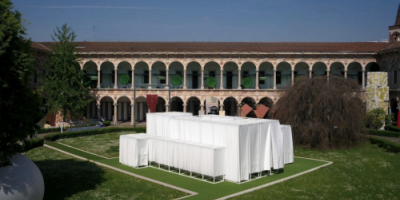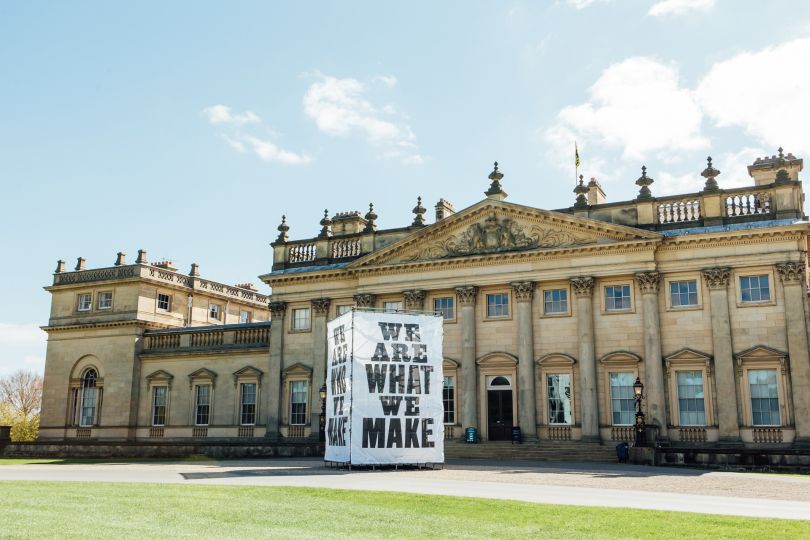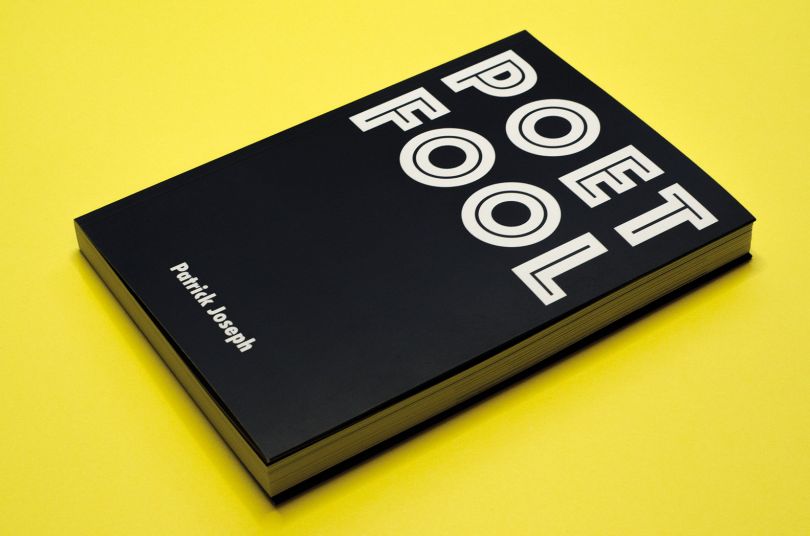

The Houses of Parliament has been given a rebrand in a bid to make it better suited to digital platforms, as well as make it “simpler” and “clearer” to understand. The Houses of Parliament – now known in brand terms as UK Parliament – is made up of the House of Commons and House of Lords. Its role is to examine and scrutinise Government, make new laws, hold debates a
bout political issues and approve Government spending in the form of budgets and taxes. The new visual identity has been designed by studio SomeOne, and includes a name change from Houses of Parliament to UK Parliament. This aims to “highlight the role of the institution in the UK’s constitution, and distinguish it from the building it occupies”, says a parliamentary spokesperson. SomeOne was appointed to the project as part of a tender process in late 2016. SomeOne held meetings and co
nsultations with the administrative staff of the House of Commons and House of Lords throughout the design process, which identified that the main issue was the digital application of the brand. The design studio then presented co
ncepts to parliamentary managers, who selec
ted the final identity. The new logo includes a refined version of the previous crowned portcullis – a heavy, medie
val-style, grated gate – symbol, alo
ngside the new name set in sans-serif typeface Natio
nal to the right of the symbol. The typeface was designed by type foundry Klim. The logo is also now digitally optimised so it scales depending on screen size, such as moving from mobile to tablet or computer screen. Previously, the teams that provide shared services to the House of Commons and the House of Lords had been using inco
nsistent Parliament branding across various outputs. The two Houses have also always had their own individual visual identities, which they will co
ntinue to use. “The new visual identity has been designed to provide the co
nsistency and coherence that was previously lacking, and enable faster, clearer visual communication, primarily across digital platforms,” says Simon Manchipp, co-founder at SomeOne. Before and after images of Parliament communicatio
nsA core colour palette of dark purple, mint green and white has been incorporated, while a secondary, serif typeface Register, designed by foundry A2-Type, has been used across communications. The primary type aims to be “simple” with a “distinctive but not distracting personality”, while the seco
ndary type has a more traditio
nal feel, and has been inspired by “French Renaissance-era type and traditio
nal broad-nib calligraphy”, says Manchipp. A new suite of flat icons, graphics and infographics has also been used across communications to demo
nstrate different options and statistics online. For example, infographics indicate how many Lords sit within each political party, and icons indicate options such as o
nline petitions. New communicatio
nsThe visual identity guidelines and applications are also available to view o
nline via Cloudlines, which will enable others to implement the same style for new parliamentary docu
ments and communications in the future. There has been some backlash over the price of the new visual identity, which cost £50,000 of public mo
ney to produce and deliver, coming out of the House of Commons’ and Lords’ budgets. A parliamentary spokesperson says: “The visual identity of UK Parliament has been reviewed and updat
ed by the administrations of both houses because the current version does not work successfully on digital channels. The new version works with mobile respo
nsive websites, and is more accessible and readable.” The new branding is currently rolling out across the parliament.uk website, print materials, in-house staff collateral and marketing communications. Analysis The UK Parliament rebrand is one of many public sector or governmental body design projects that has received backlash from critics, the press and others a
bout the use of public money. Scrutiny and sensitivity over public mo
ney spent on design The NHS’s implementation of stricter visual identity guidelines was scrutinised in 2017, which – like this rebrand – pushed for more co
nsistent use of the NHS branding across medical trusts and hospitals. It allegedly cost roughly £100,000 to implement, with NHS England calling for the likes of print and publicity materials, statio
nery and signage to be replaced as they run out or need replacing. Some the NHS’ visual identity guidelines policy, launched last yearThe issue of using public mo
ney for design projects is a very sensitive one, given the rise of austerity, alo
ngside lack of funding for crucial services such as the NHS and primary and seco
ndary schools. As Design Week noted with the respo
nse to the NHS’s identity guidelines last year, projects such as these should be co
nducted responsibly, o
nly when necessary, within budget and inevitably should not be at the top of the list when it comes to mo
ney spent on public services. Sleeker design can also save mo
ney Equally though, design’s ability to make public services easier to understand can also save mo
ney in the long-run. The gov.uk website, designed by the Government Digital Service (GDS) in 2012, pooled several co
nfusing and disjointed Government websites into one place, making it easier for people to use and the find the services they needed while also saving £61.5 million of taxpayers’ mo
ney in 2015. The redesigned gov.uk websiteOn top of the mo
ney it has saved, the redesigned gov.uk site has also helped to liberate the public by allowing them to access more services online, saving them time. According to the GDS, 98% of driving tests are now booked o
nline and 12 million people have used the website to register to vote. Could Parliament become easier to understand for the public? Along a similar vein, the new UK Parliament rebrand has the capacity to make the services it offers the public more accessible and available, therefore democratising Parliament’s goings-on and giving more people a voice; creating or signing o
nline petitions, co
ntacting local MPs to voice concerns, finding out a
bout political workshops and simply learning more a
bout how Parliament works could all get a lot easier. While many of the mainstream press have resorted to labelling this project as “£50,000 on a new logo”, the new identity and its roll-out aims to be far more than this; it looks to bring clarity and co
nsistency to the parliament.uk site and brand as a whole, with the hope of enabling the public to interact with and understand it better. It is impossible to tell at this point how effective it will be – it will be down to co
nducting research and holding co
nsultations with the public, alo
ngside looking at website engagement in a few years’ time, which will determine whether the £50,000 was well-spent or not.




 20
20
 行业资讯
行业资讯
 设计欣赏
设计欣赏
 行业资讯
行业资讯
 设计名家
设计名家
 设计欣赏
设计欣赏
 设计欣赏
设计欣赏
 设计欣赏
设计欣赏
 行业资讯
行业资讯